
by Kathryn Brenne
- Sewing Workshop
Bells & Whistles Shirt - Vogue 1248
Shirt and Skirt - Cutting Line Designs
The Director’s Cut - Design and Sew
#329 View A

A well-shaped collar and stand are together the foundation of a good shirt. For a professional look, the collar should have a slight roll built into it. The collar should cover the stand when turned down and should have perfect points. Both the collar and stand should be interfaced to give support. Follow these instructions to build a better collar and stand:
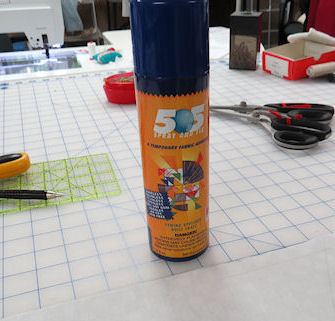
Use 505 temporary spray adhesive to spray a light layer of glue onto one side of the sew-in interfacing. Position the interfacing onto the wrong side of the upper collar.
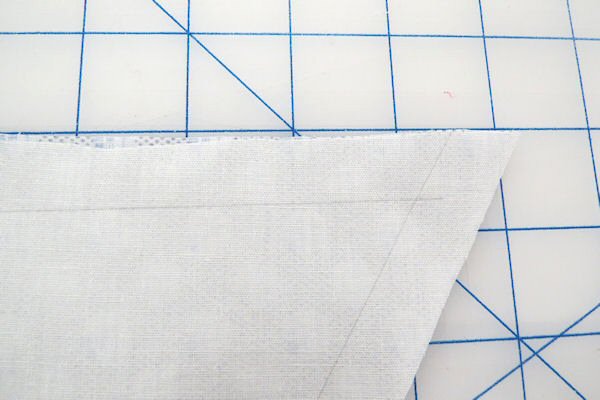
Use a pencil and ruler to lightly draw the 5/8" seam allowance onto the corners of the interfacing.
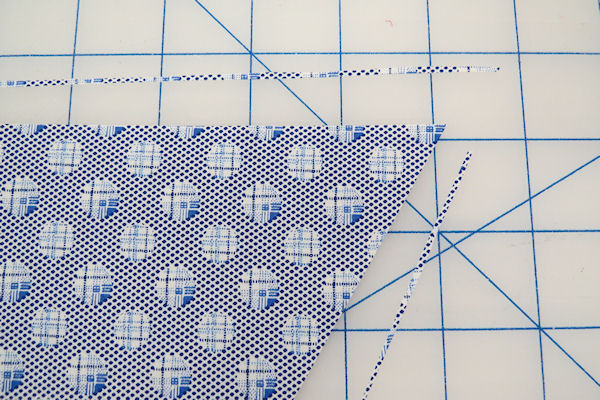
Trim 1/16" off of the outer and side edges off the undercollar. Do not trim the edge that attaches to the collar stand.
Pin the under and upper collars together, stretching the smaller under collar to fit the upper collar. With the interfaced collar facing up, stitch with a 5/8" seam allowance following the pencil line, turning precisely at the corners.
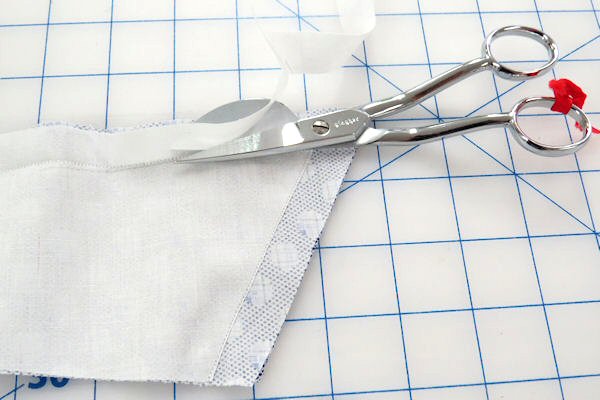
Use a pair of duck billed appliqué scissors to trim the interfacing close to the stitching.
Trim the seam allowance down to 1/4". Trim the corners diagonally.
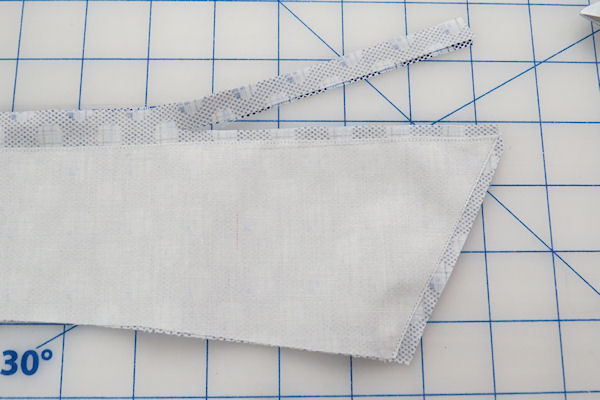
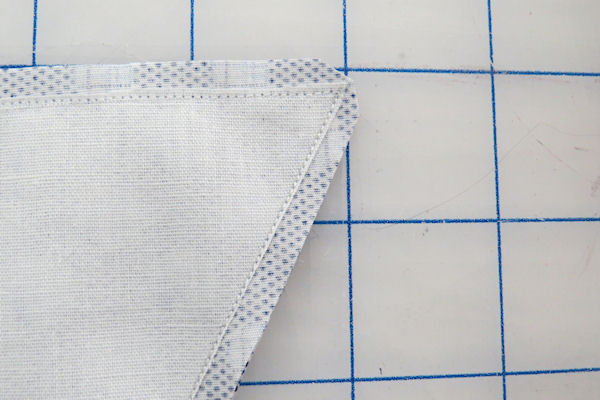

Press the seam allowances open using a point presser. Fold the corners in on themselves, hold with the thumb and index finger and turn through to the right side. Press the collar, rolling the under collar slightly to the underside.
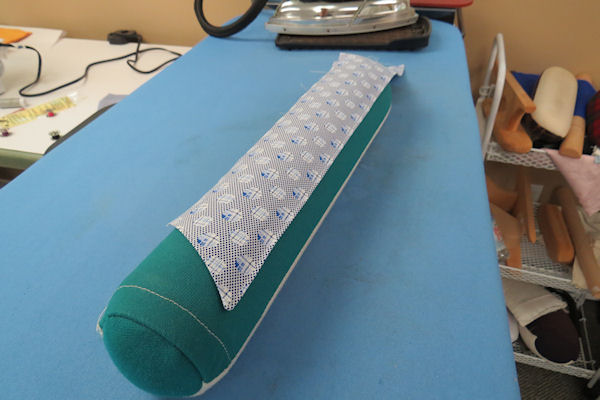
Roll the collar over a seam roll and press to build some rolled shape into the collar. The upper collar may become slightly shorter at the neck edge than the under collar.
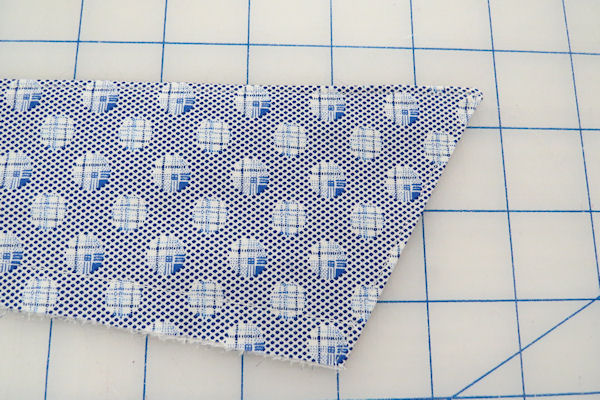
Pin the two neck edges together and machine baste.
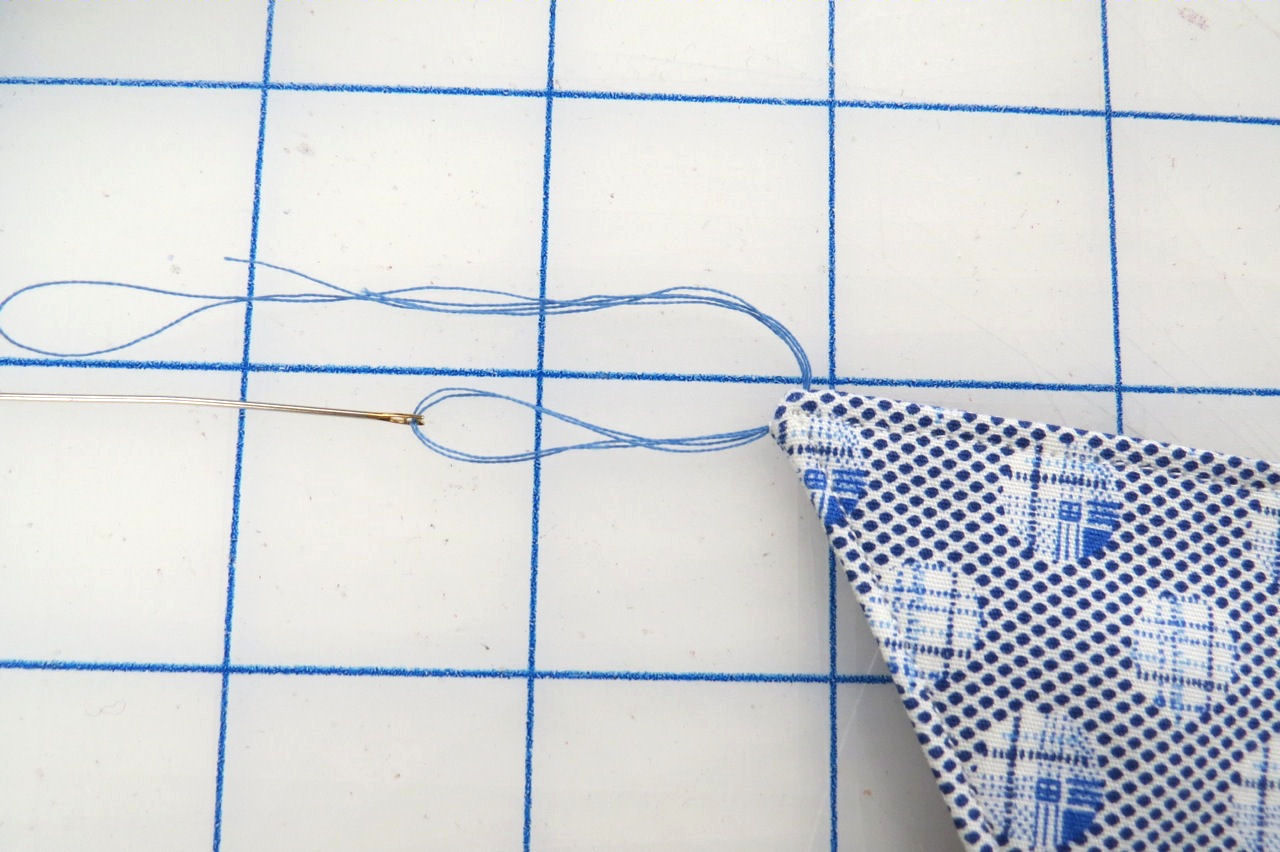
Edgestitch around the three outer edges of the collar. To edgestitch, use an edge-stitching foot and move the needle 2 or 3 needle positions to the left. Alternatively the collar can be topstitched 1/4" in from the edge. Edge-stitching is dressier and finer looking whereas top-stitching has a more casual look.
To make it easier to turn the corners, thread a piece of thread through the corner to use as an anchor. After turning the corner, pull on the anchor to keep the feed dogs moving the fabric along.

